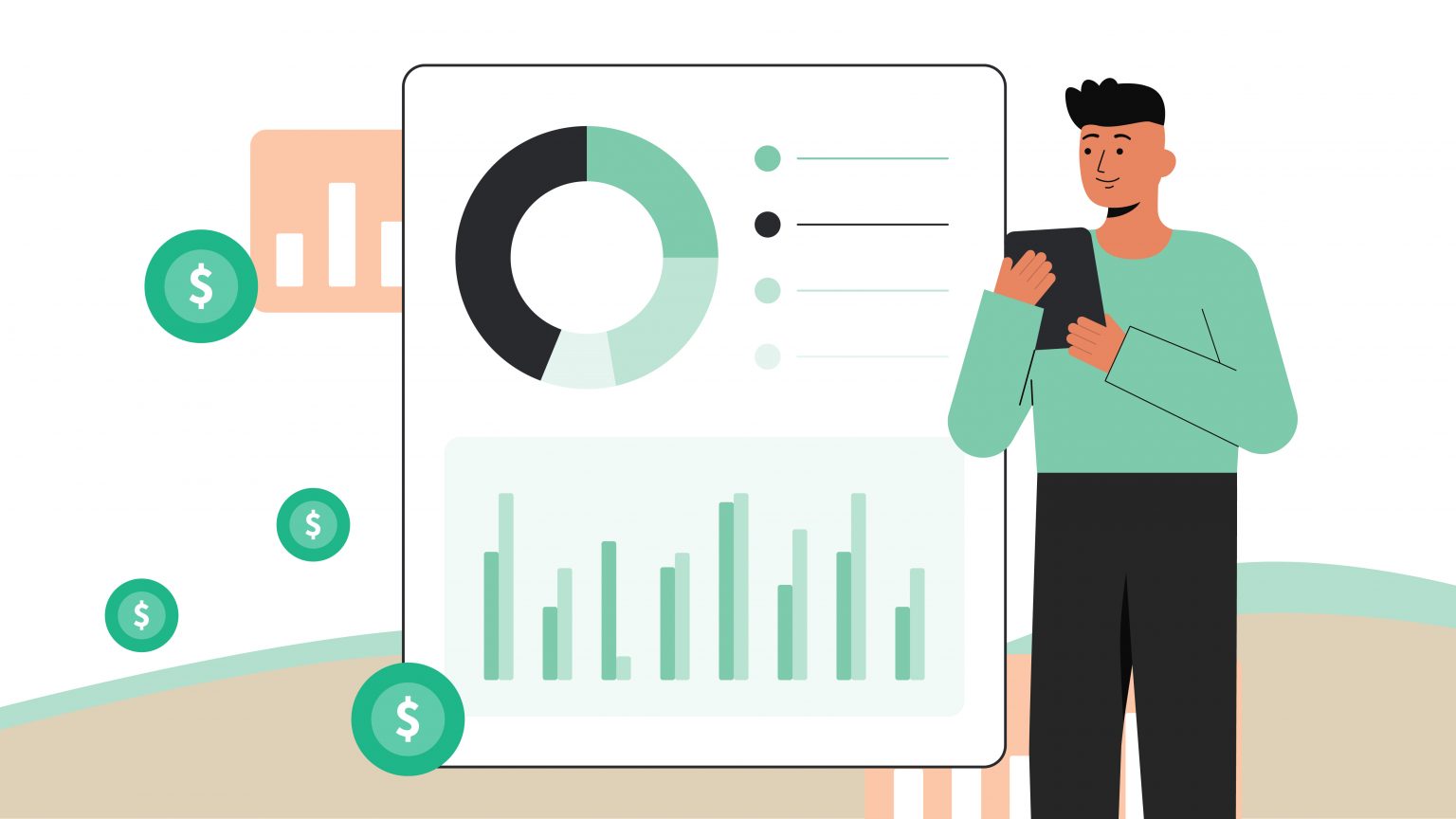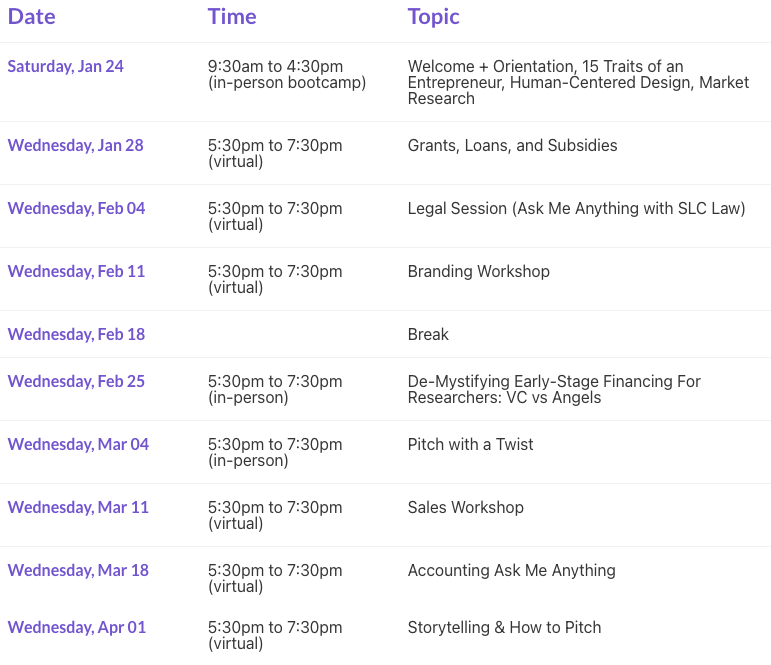Tax season for entrepreneurs with their own business can look different case by case. Whether you are a sole proprietor, or have incorporated your business, you will have to file the income/losses associated with your business for tax purposes. These articles will explain how you are taxed on your income from your business, which expenses are and are not deductible for tax purposes, and go a bit in-depth on more specific topics.
The previous article covered the categories that your net income for tax purposes is split into. This article will cover how to apply the rates to your income in depth.
Your taxable income is first taxed at 38%. Next you apply your federal abatement of 10% , reducing the income taxed to 28%. (Note: the percentage for the abatement will differ if portions of your taxable income is not earned within Canada)
Next you go to the small business deduction (SBD). You will get an additional reduction of 19% on the total of the lesser of:
- Active business income (ABI)
- Taxable income
- Annual business limit (which is the $500,000 limit less any amount you allocate to associated corporations)
Next you have a refundable tax of 10 ⅔% that will be added back to your tax payable, and fully refundable back to you once your CCPC pays out dividends. The additional 10 ⅔% rate will be applied to the lesser of:
- Aggregate investment income (AII)
- Taxable income less the amount that was subject to the SBD
Any personal service business (PSB) income is taxed at 33%, as an additional 5% is added to the rate (38%-10%+5%=33%).
The manufacturing and processing deduction (M&P) for CCPCs is a reduction of 13% on profits that are earned due to manufacturing and processing activities. The deduction is 13% of the lesser of:
- M&P profits less the income subject to SBD
- Taxable income less the income subject to SBD less AII
The general rate reduction is a reduction of 13% on the taxable income that exceeds the total of income subject to the SBD, plus income subject to the M&P deduction, plus AII, plus PSB income.
The total of this less any foreing tax credit your CCPC is eligible to claim will equal to your Part I federal tax.
The next article will discuss the Part IV tax, which pertains to dividends.
Resources
Buckwold, William, et al. Canadian Income Taxation, 2021/2022. McGraw-Hill Education, 2021.


